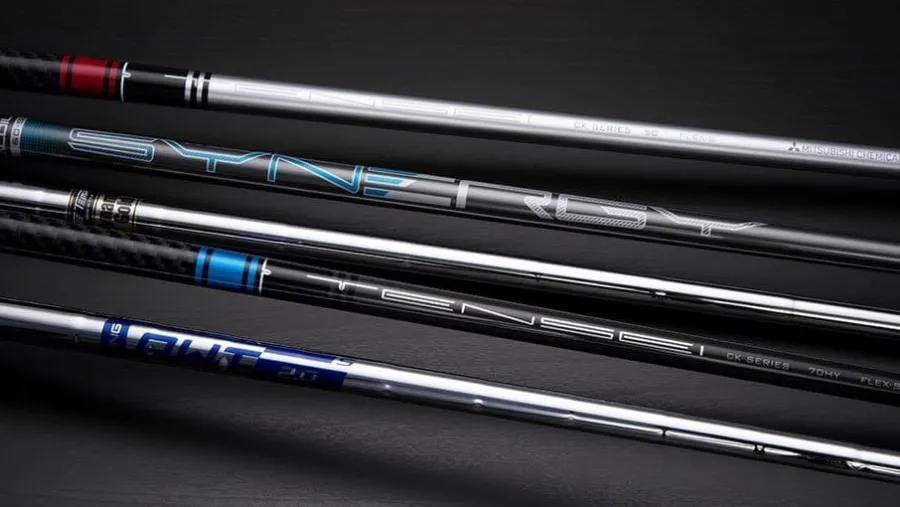Lakewood Ranch Club Fitting
One question that seems to always come up at some point during golf lessons is, "Should I get fit for clubs?". This is normal since the point of golf lessons is to improve. Naturally, golfers who want to improve look for every opportunity to reduce strokes and lower their handicap.
It's true that a club fitting can help you lower scores, improve your game, and make you a better golfer. And with new technology, a serious player who is not professionally fit for clubs may overlook a potential advantage to their golf game.

By getting fit for your clubs, you can make the game easier. For example, a driver that is fit to your swing can optimize ball flight, which will not only lead to distance gains, but also improved accuracy.
My philosophy on club fitting is that you must first possess the basics of your swing and stroke for each type of club. Once those swings and strokes are in place, then get fit for clubs. Afterwards, continue with golf lessons to refine and optimize your golf swing with your fitted clubs.
You may find that the clubs in your bag may already match your game. I can suggest what approach to take, maybe even after just one lesson.
There is only one club fitter that I have found in the Lakewood Ranch, Bradenton, and Sarasota area that I believe has mastered club fitting. I can refer you after I've seen your swing and learned a little about your goals. Also, the goal of club fitting is to find the best possible match to your golf swing and game. Golf club fittings should not be an opportunity for a retailer to sell the clubs that have piled up in the back of the storage room.
If your proficiency has not yet reached a point where you will benefit from a real club fitting and you must have a new set of clubs, I will advise you on what next steps to take, what types of clubs to test, and where to go.
Here are some excerpts from an interview with a golf fitter.
The most important thing I've found, and I'm talking 23 years of doing this, is understanding the way golfers swing, he said. The shaft matching a golfer's swing I'd say is 80 percent of the fitting process, with length, loft, lie and grip making up the other 20 percent.
A golfer's swing is about much more than just club head speed. "I classify golfers as hitters, swingers and in-betweeners, hitters, like Sergio Garcia or Tiger Woods, are aggressive and create a lot of acceleration, while swingers, like Ernie Els or Fred Couples, are much smoother.”
When it comes to shafts, what is different about the needs of a swinger versus a hitter, and which style of player is more prevalent?
"Ninety percent of all golfers are hitters," "Swingers can hit a shaft that's whippier at the bottom, while hitters need a shaft that's stiffer at the bottom. Swingers can hit shafts with higher torques; hitters need lower torque."
"I fit a golfer from a university who had a swing speed of 133 mph and a ball speed of 184 mph, and he left with regular flex shafts," "I've also had ladies in their late 50s who have been fit for stiff shafts."
While more golfers today are aware of the benefits of club fitting, too many are being poorly fit in local golf shops, big box stores and even by manufacturers.
"I'm not sure how the fitting carts can do what we do," he said. "I probably have 40 different shafts and they might have three or four. I don't see how they can do it.”
In terms of what to expect, fitting a player for a full set of clubs will take about two and a half hours and include "educating" a player about his or her needs. The fitting process also remains pretty much the same for woods, irons and wedges.
"It's all about matching the shaft to the swing. With wedges, if someone really comes down on the ball, they might be better with less bounce, but the process doesn't really change."